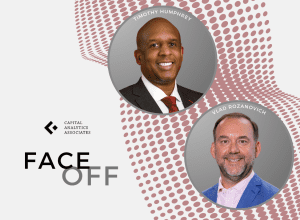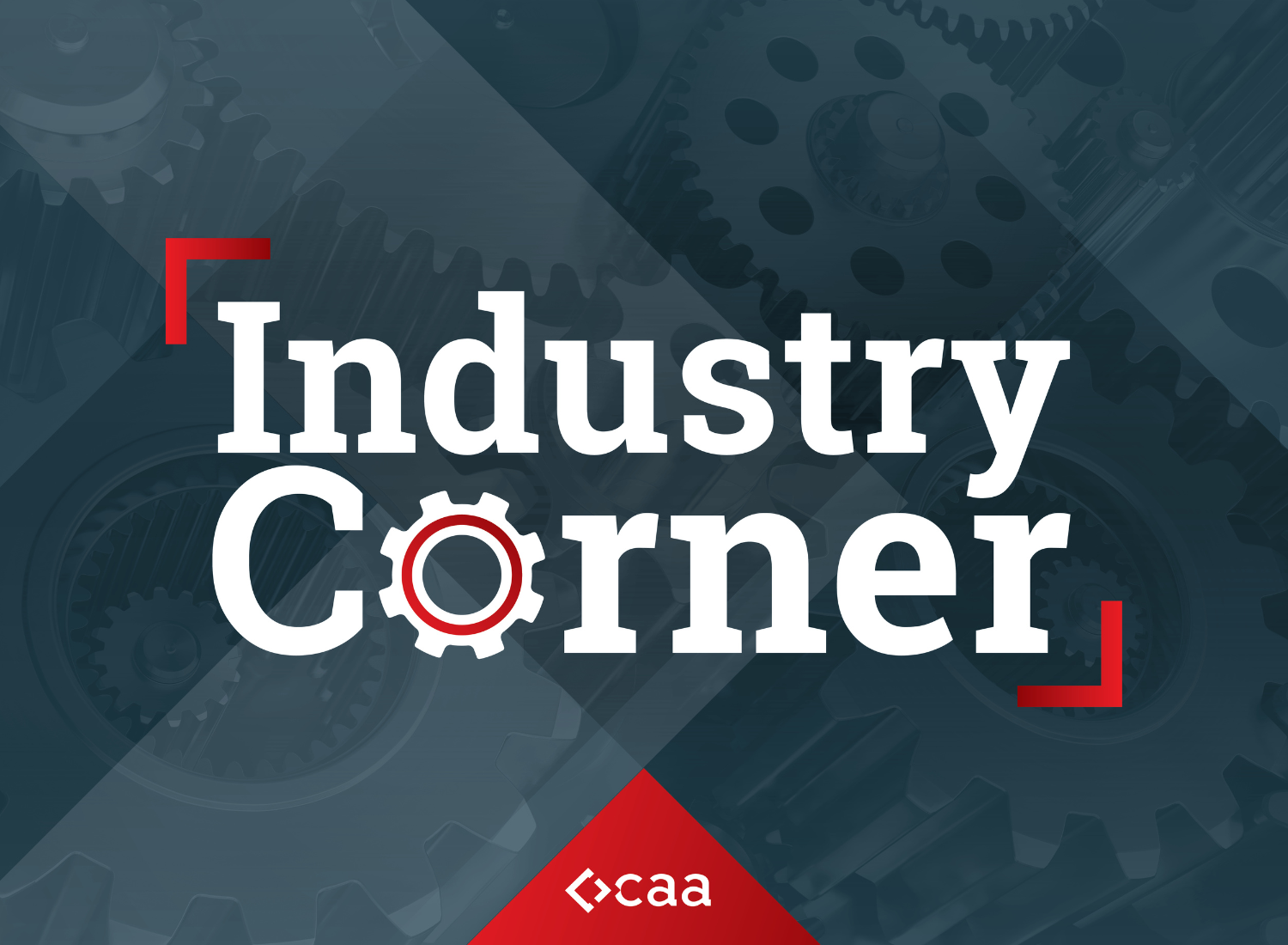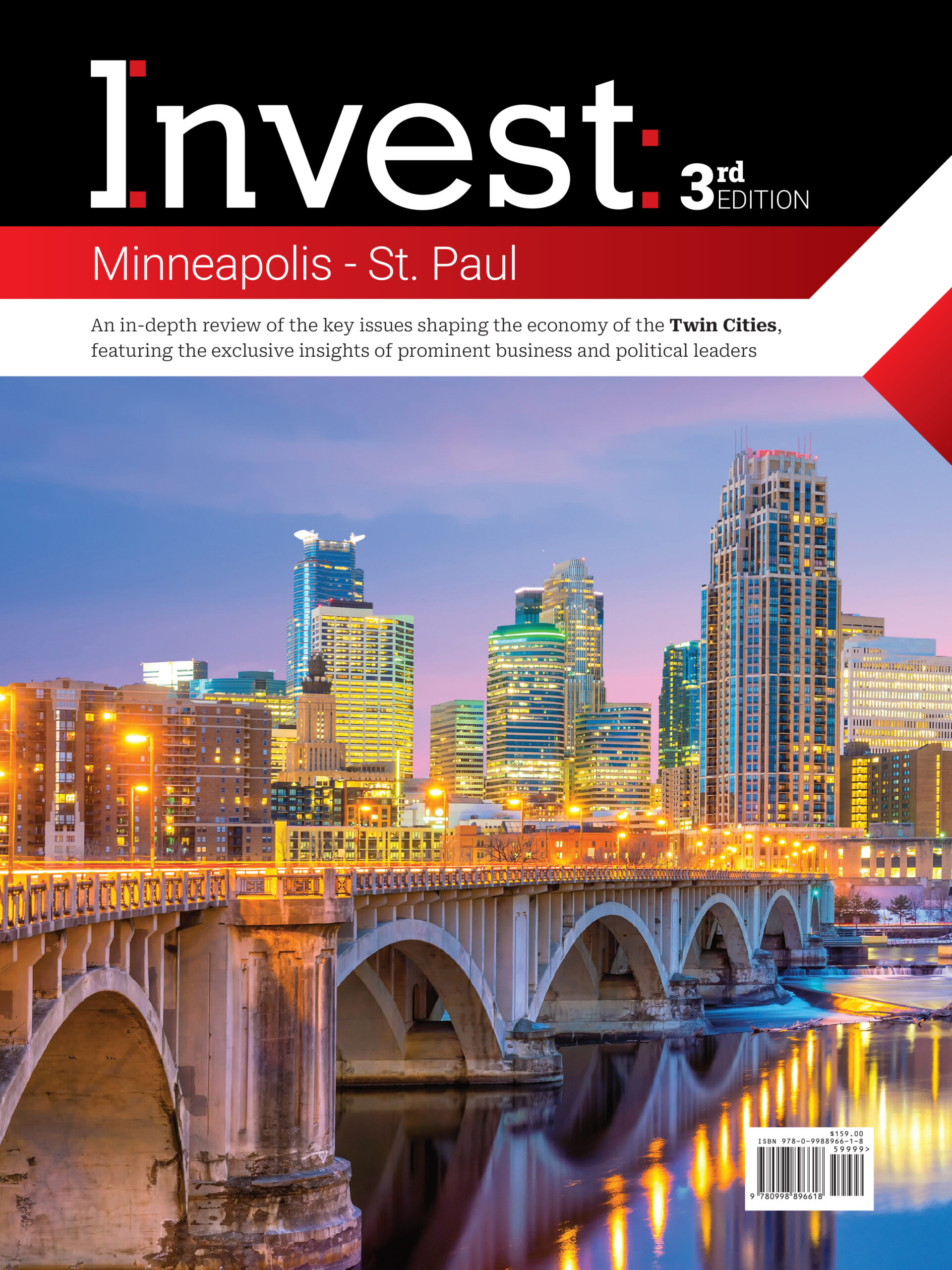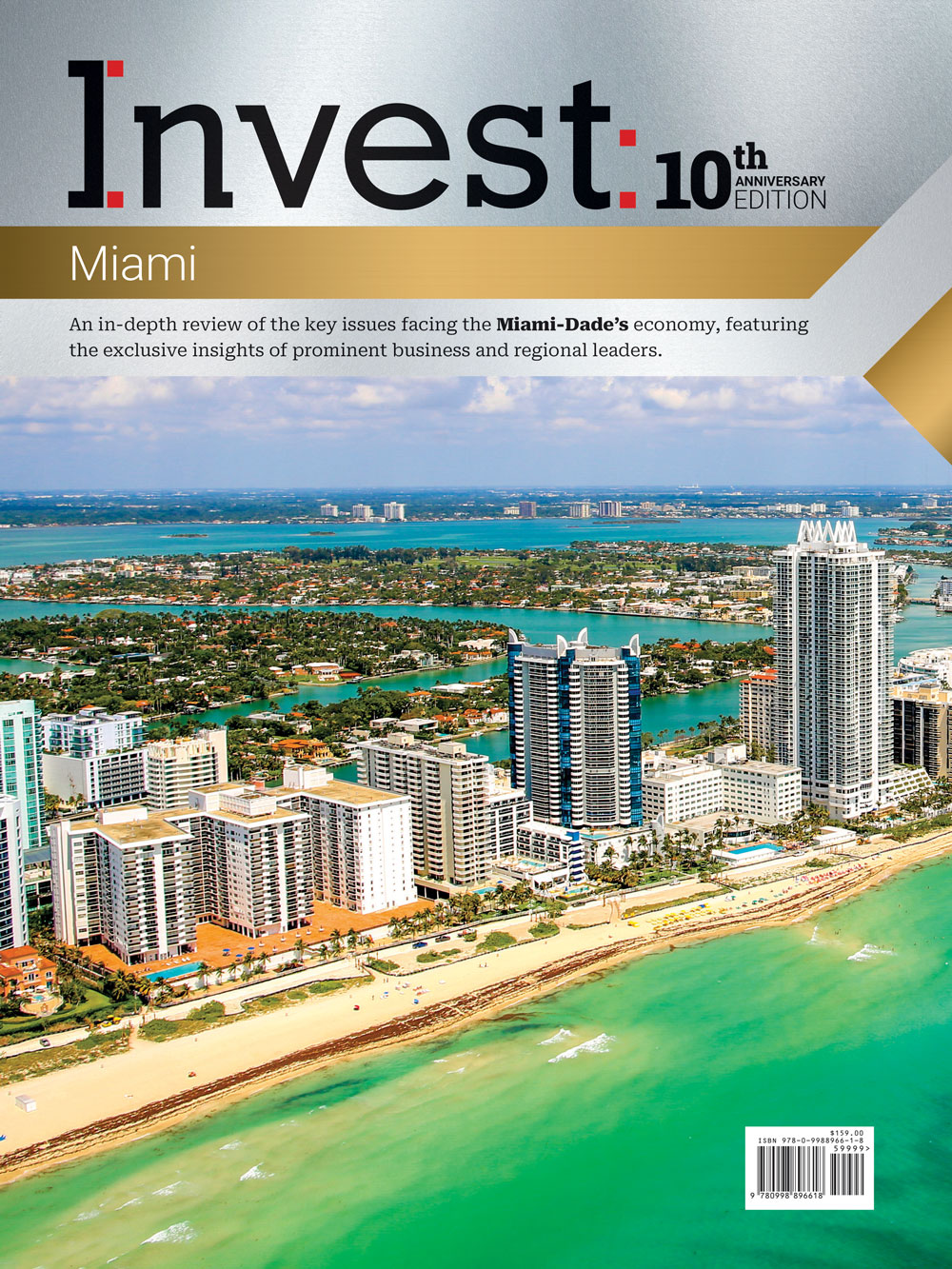Face off: Navigating the tech evolution at Research Triangle Park
Writer: Eleana Teran
 January 2024 — In the evolving landscape of Research Triangle Park, IBM and Lenovo have been instrumental players in driving growth and innovation. IBM has leveraged the RTP’s rich educational resources, contributing to its position as a global hub for the company. Similarly, with almost two decades in the Triangle, Lenovo has adapted to the evolving demands of technology. Both leaders addressed pressing issues like cybersecurity and AI advancements, offering insights into how these challenges are reshaping their strategies and offerings.
January 2024 — In the evolving landscape of Research Triangle Park, IBM and Lenovo have been instrumental players in driving growth and innovation. IBM has leveraged the RTP’s rich educational resources, contributing to its position as a global hub for the company. Similarly, with almost two decades in the Triangle, Lenovo has adapted to the evolving demands of technology. Both leaders addressed pressing issues like cybersecurity and AI advancements, offering insights into how these challenges are reshaping their strategies and offerings.
Timothy Humphrey, chief analytics officer, North Carolina senior state executive, and RTP senior location executive at IBM, and Vlad Rozanovich, senior vice president for worldwide infrastructure solutions group sales at Lenovo shared their perspectives on the region’s transformation and the future of technology with Invest:.
What have been your organization’s contributions to the region over the past year?
 Timothy Humphrey: IBM opened here in 1965, as our predecessors saw the potential this region offers thanks to the presence of three major research institutions as well as many colleges, universities, and community colleges. We saw the existence of a sustained talent pipeline and the opportunity to partner with universities on research. As a result of that, this area has become the second-largest global site of IBM and our largest North American site. RTP is one of the few sites where every aspect of our business, from sales to marketing, infrastructure, procurement, consulting, and more are represented.
Timothy Humphrey: IBM opened here in 1965, as our predecessors saw the potential this region offers thanks to the presence of three major research institutions as well as many colleges, universities, and community colleges. We saw the existence of a sustained talent pipeline and the opportunity to partner with universities on research. As a result of that, this area has become the second-largest global site of IBM and our largest North American site. RTP is one of the few sites where every aspect of our business, from sales to marketing, infrastructure, procurement, consulting, and more are represented.
The quality of life that the Research Triangle offers and the affordability of housing and similar things are advantages. We need to make sure that our housing prices do not increase to the point that people cannot afford to live and work here, which can lead to workforce problems and higher prices for goods and services. Nevertheless, for most people, especially folks from the Northeast or West Coast, housing in this area is still reasonable and attractive.
Additionally, our economic development teams at the Chambers of Commerce have been working hard at attracting many different companies. Our success at that enables people to come here and find a place to work in the same industry without having to uproot their families. CNBC also recently rated us the No. 1 state to do business, which is in part due to our elected officials putting their differences apart to promote economic development.
 Vlad Rozanovich: Over our nearly two decades in the Triangle, our global headquarters has grown and thrived here. Our long-standing presence demonstrates our commitment to the region. As tech has evolved and new players have emerged, many look to Lenovo as a model for talent retention, community engagement and giving back. This past year, post-COVID, brought a surge in tech demand, though some areas, like the PC market, slowed. Yet, this presented an opportunity for Lenovo to diversify. In the last fiscal year ending March 31, 2023, we reported $62 billion in revenue with a net income of $1.6 billion.
Vlad Rozanovich: Over our nearly two decades in the Triangle, our global headquarters has grown and thrived here. Our long-standing presence demonstrates our commitment to the region. As tech has evolved and new players have emerged, many look to Lenovo as a model for talent retention, community engagement and giving back. This past year, post-COVID, brought a surge in tech demand, though some areas, like the PC market, slowed. Yet, this presented an opportunity for Lenovo to diversify. In the last fiscal year ending March 31, 2023, we reported $62 billion in revenue with a net income of $1.6 billion.
We pride ourselves on being market leaders from “pocket to cloud.” Our Motorola Division, for example, exceeded sales expectations with the release of our new award-winning razr cellphone last summer. Meanwhile, our data center division focuses on cloud solutions. Recently, I took on the role of managing our Worldwide Infrastructure Solutions Group Sales, emphasizing our focus on data centers. As we move forward, Lenovo will heavily invest in areas like artificial intelligence (AI).
What is your perspective on cybersecurity and the growing challenge that cyberthreats present?
Humphrey: The information that enterprises have about themselves and about people is a huge asset. It can help companies market better, create better offerings, and develop new services to build better relationships with customers. Nevertheless, that information can also be used to commit fraud or identity theft or it can be held for ransom. There are bad actors in the IT realm that are getting smarter and more resourceful. The capabilities that are being developed in IT can advance good but they can advance bad as well. Technological advancements have made it very profitable to be one of those bad actors. That problem is not going away, so I can only encourage everyone to stay current on the most advanced ways to protect information as it is the lifeline of companies.
We need to find ways to outsmart and get ahead of bad actors. This can mean using artificial intelligence (AI) analytics to monitor potential threats. Protecting data like we protect valuable resources is the approach that we must take. It is no longer just about designing a network infrastructure and making sure it meets the needs of the transactions. We also need to design it in a way that keeps people out of it, which is a daunting task that will rapidly change over time as technological advancements occur. Protecting that data is a need that will only grow in the future.
How do you see AI impacting the future job market?
Rozanovich: Recently, while presenting at Elon University, a significant number of questions I received revolved around AI. A common concern was, “Will AI replace our jobs?” I responded by emphasizing that AI aims to enhance efficiency. However, it’s essential to understand that AI can also stimulate job growth in certain sectors. Take radiology, for instance. Currently, there are limited specialists who can identify specific cancer cells. If AI can swiftly and accurately detect these cells, it could expedite treatments, leading to a demand for more healthcare professionals, including doctors, nurses and support staff. Interestingly, while AI might automate certain tasks, it has the potential to expand industries and create new opportunities in areas facing significant challenges.
A significant part of our strategy is innovation. We’ve been granted over 10,000 US-based patents, with much of that innovation taking place right here in North Carolina, which is a testament to our robust engineering capabilities. Keeping and nurturing such talent, especially in areas like the Triangle region where we’ve had a presence for nearly 20 years, is crucial.
What is necessary for tech companies to develop products that reflect the diversity of their user base?
Humphrey: We need to make technology interesting and attractive to people of all backgrounds, starting at a young age so there is a bigger talent pool for companies to hire from. We need to make STEM visible to kids all over. I like to say “You can’t be what you can’t see” – we have to help our youth see the possibilities that STEM can provide. This is crucial not only for building the talent pool but for ensuring ethical technologies for the future. For example, the most important factor in ensuring ethical AI technologies is to have diverse teams developing them. This makes the input from humans much more diverse, which not only brings out the best in us but also helps avoid potentially unintended bad outcomes.
How does customization play a role in shaping your market strategy?
Rozanovich: Customization based on customer segments is pivotal. For instance, in the data center sector, recent feedback has emphasized the significance of AI. With the launch of platforms like ChatGPT, every Chief Information Officer (CIO) is now focusing on AI technologies. Some may lack a background in AI but global attention on such technologies makes it imperative for companies to incorporate AI. For Lenovo, AI is multifaceted.
In our gaming PC line, AI is utilized to enhance user experience. For instance, our Lenovo Legion gaming products analyze gameplay. If a user is a casual gamer, settings are adjusted for more relaxed play and battery efficiency. However, if a player engages aggressively in games like FIFA or NBA2K, the system dynamically increases frame rates and power to enhance performance. This adaptability showcases the AI customization in our gaming segment.
On the commercial side, we’re collaborating with companies like Microsoft on features like CoPilot to revolutionize the way commercial users engage with tools like email, Teams and CRM systems. Infusing AI into our commercial PCs is another example of our bespoke approach.
Furthermore, in the data center arena, AI is seen as a significant driver of storage due to vast data accumulation. Recognizing this, Lenovo, as a leading storage vendor, understands that AI will necessitate more storage solutions. To meet this demand, we’ve introduced innovations like our all-flash array for storage, the DG product offering, tailored for AI environments. Our compute products also utilize components like NVIDIA graphic processing units (GPUs) to manage extensive language models and conduct AI tasks like training and inference.
For more information visit:














